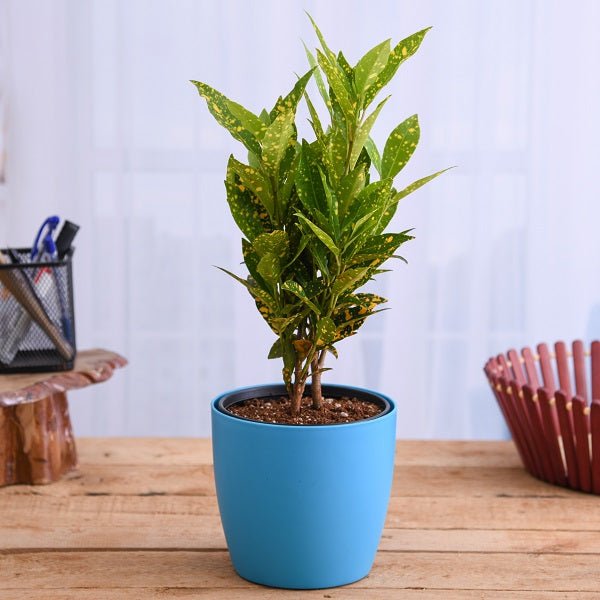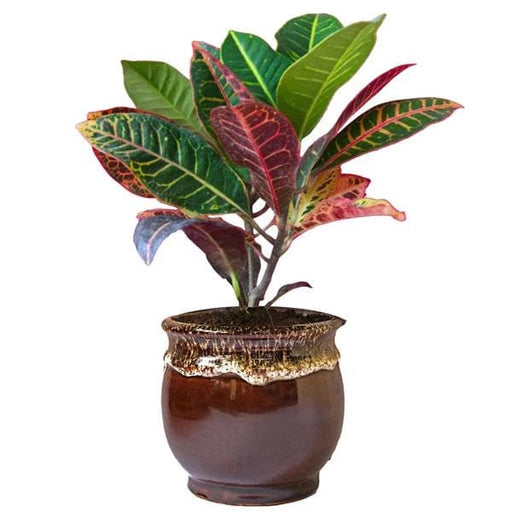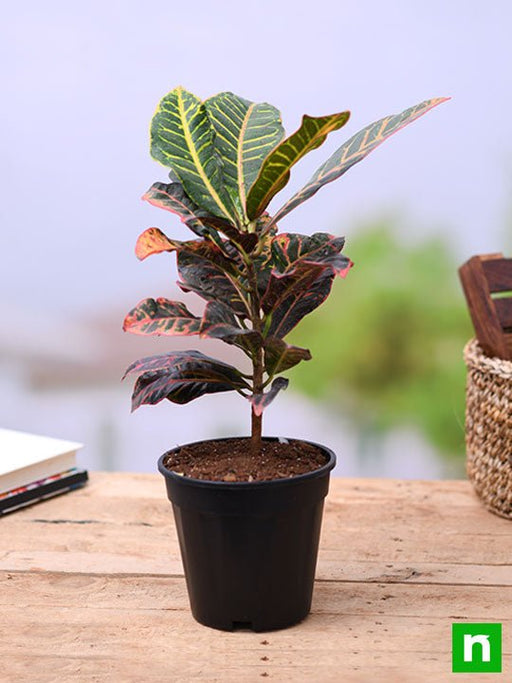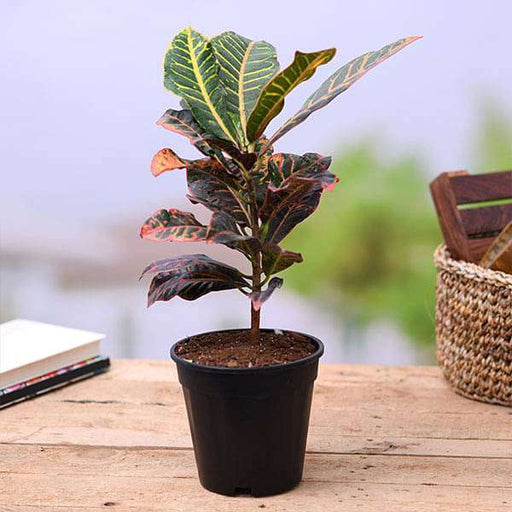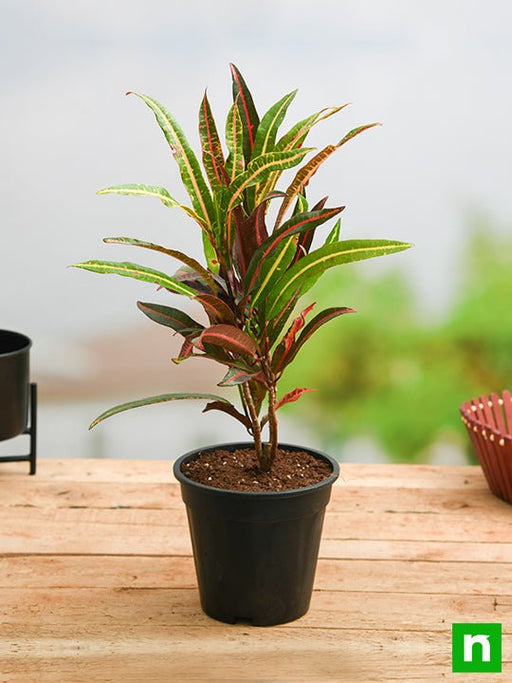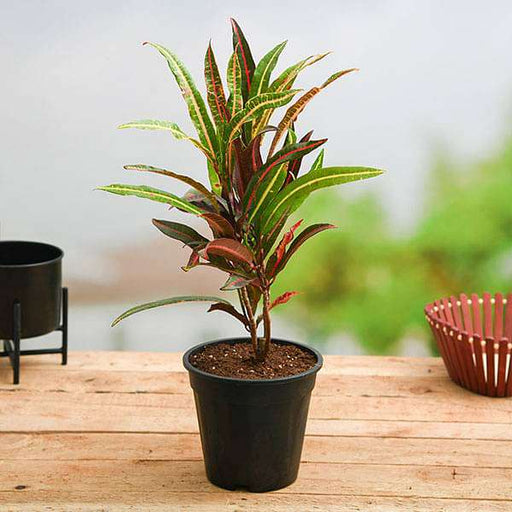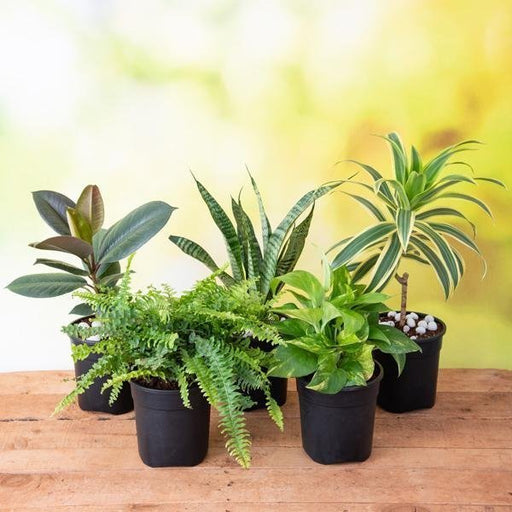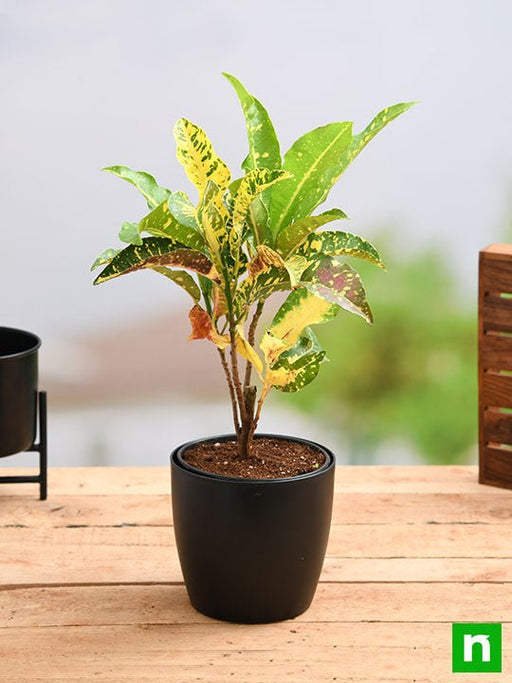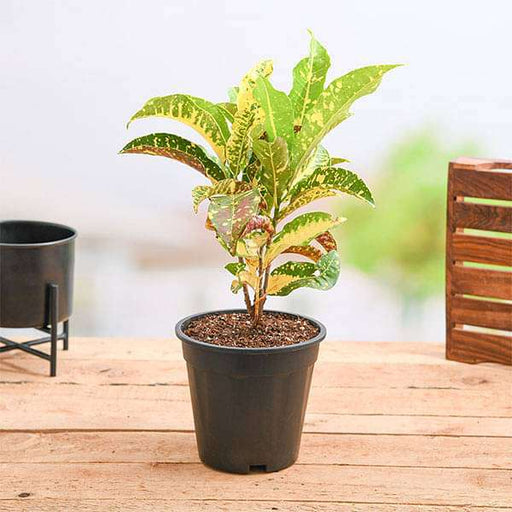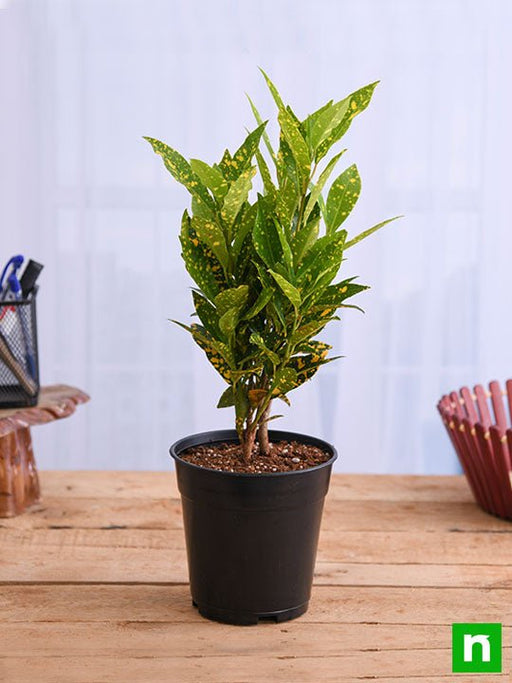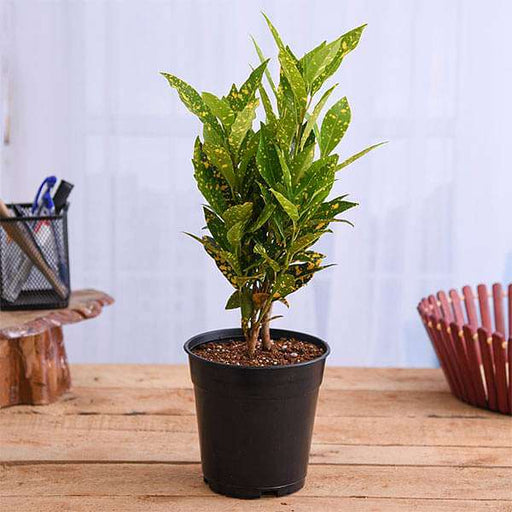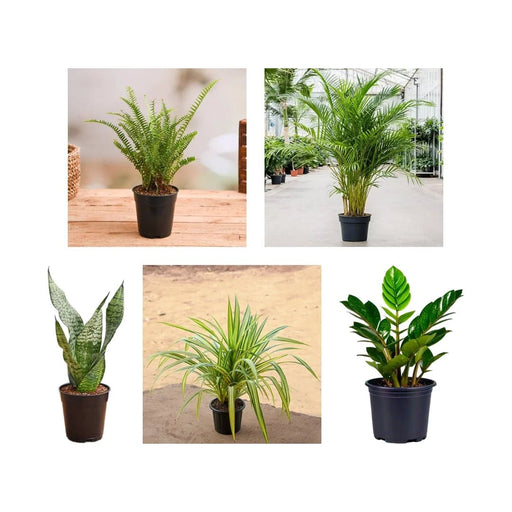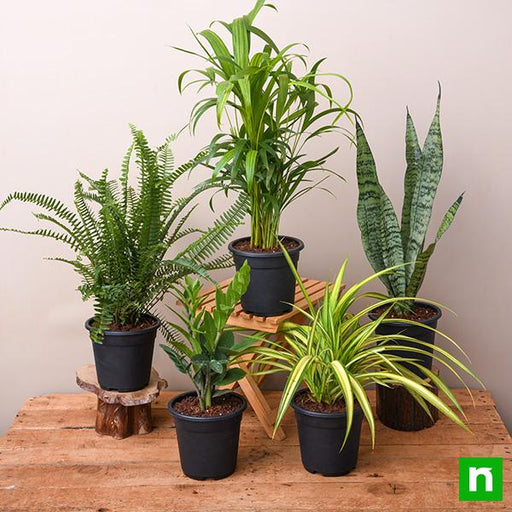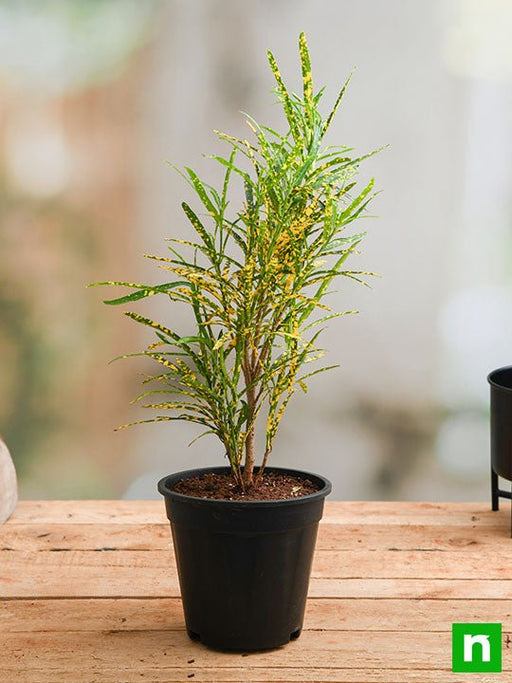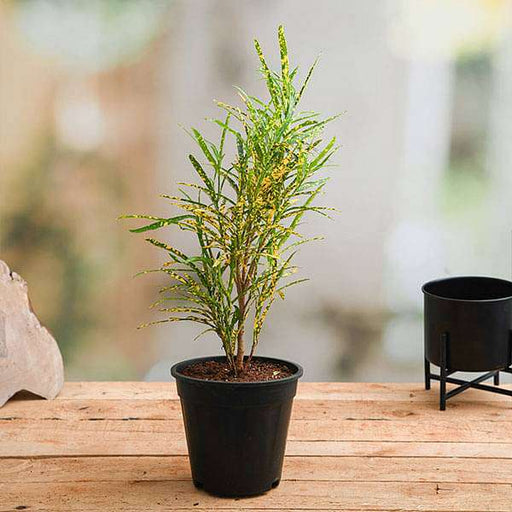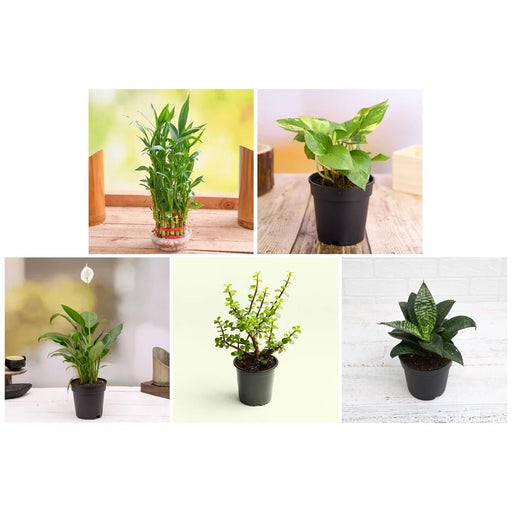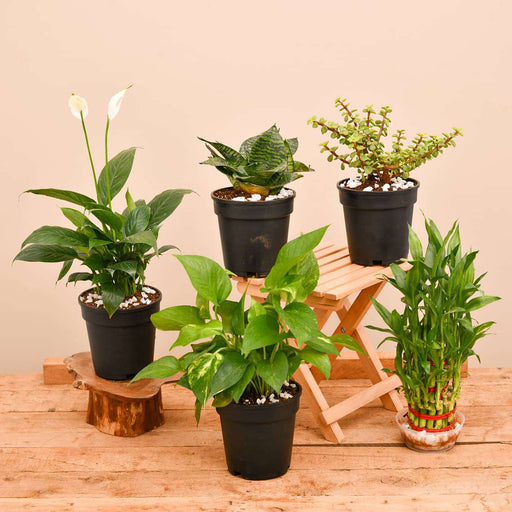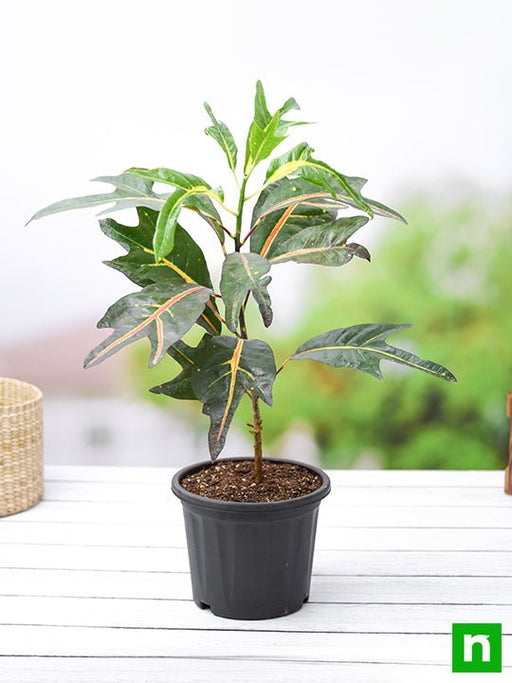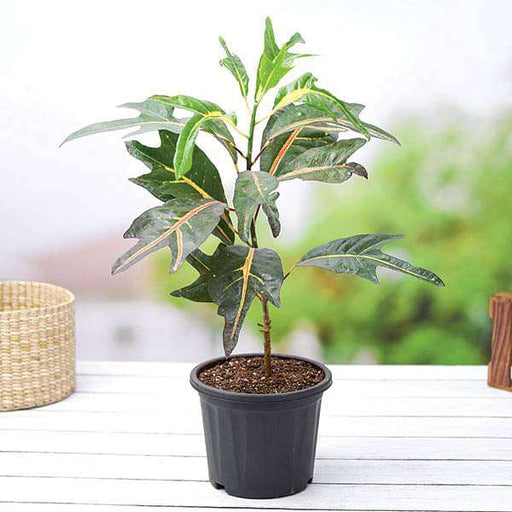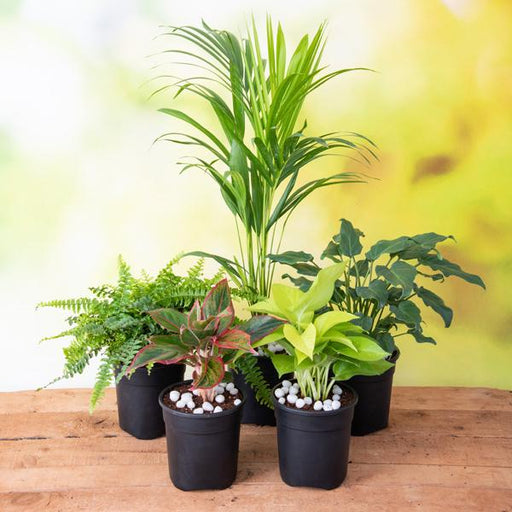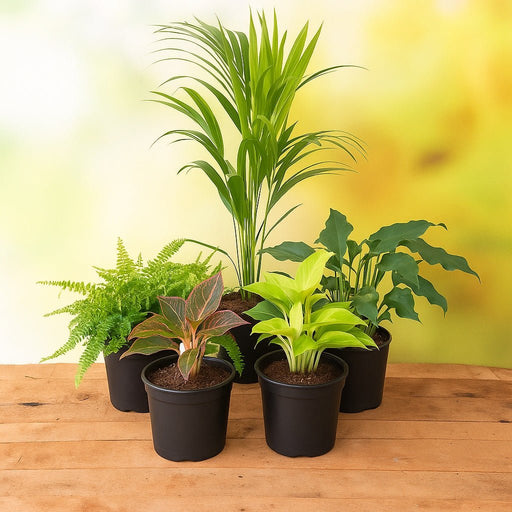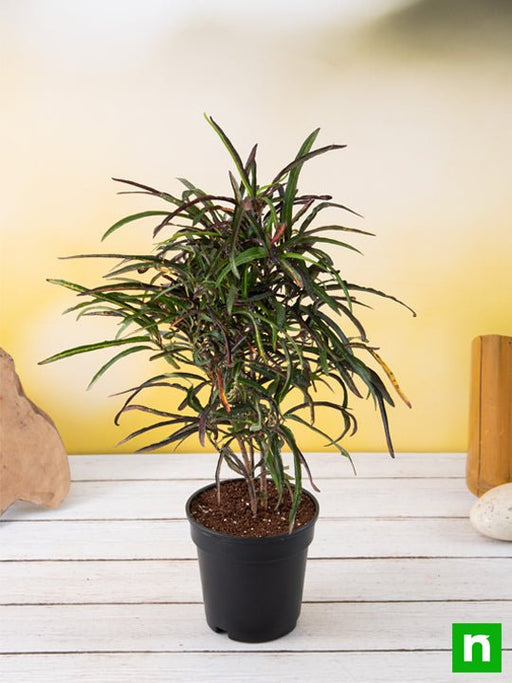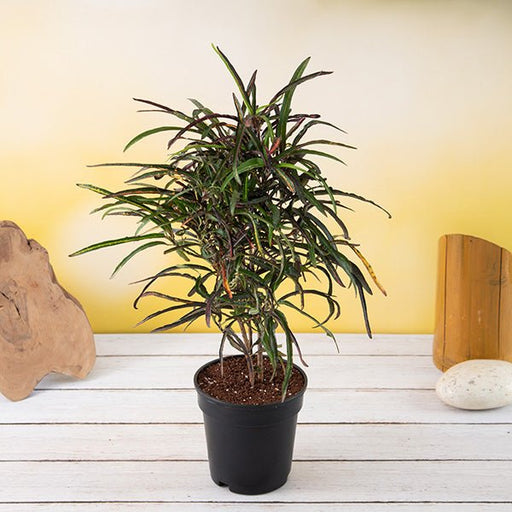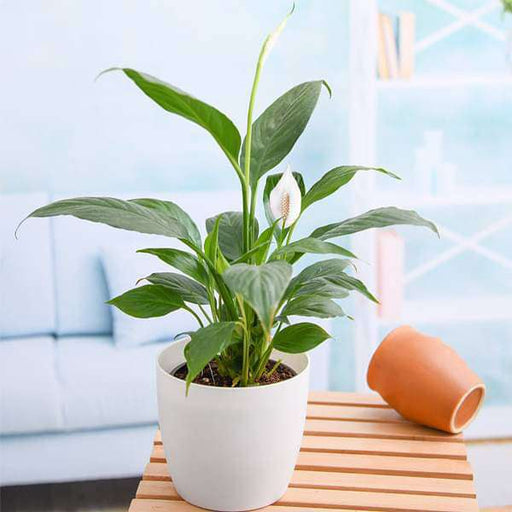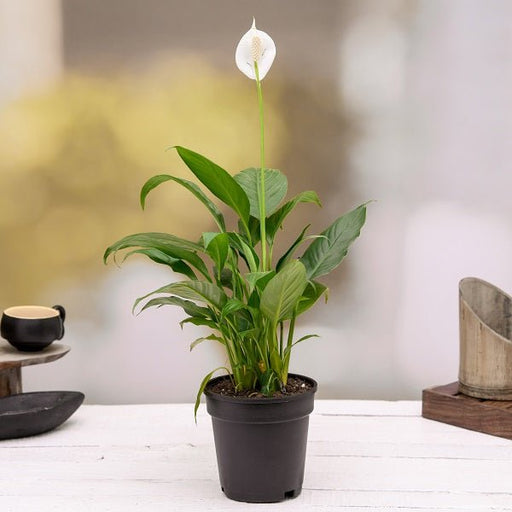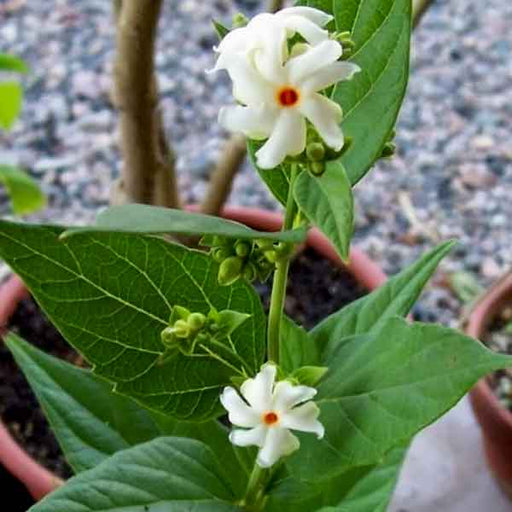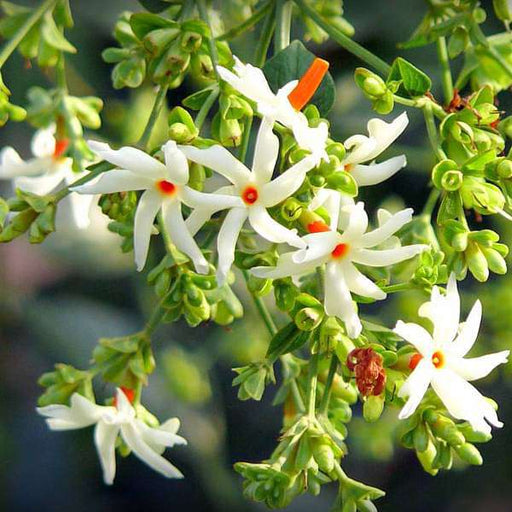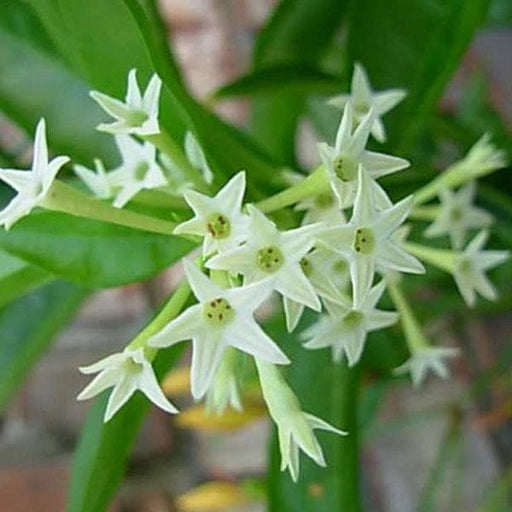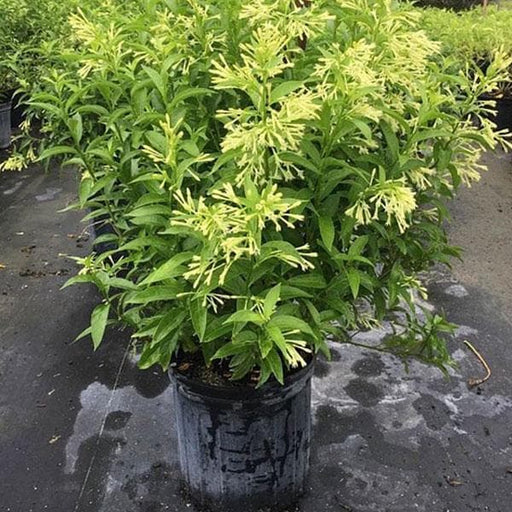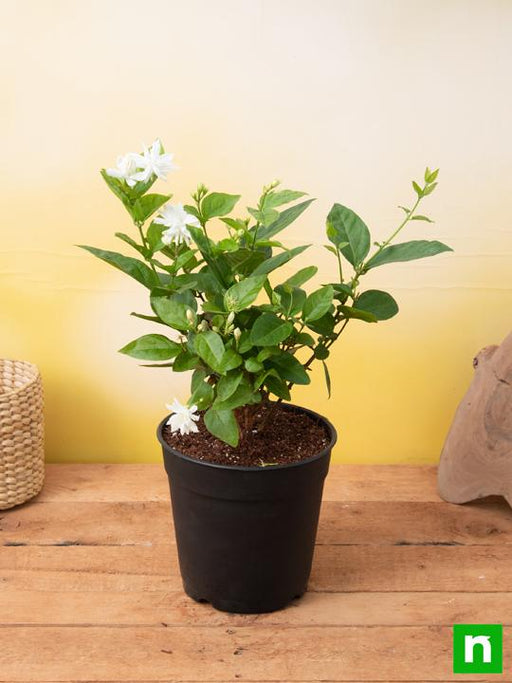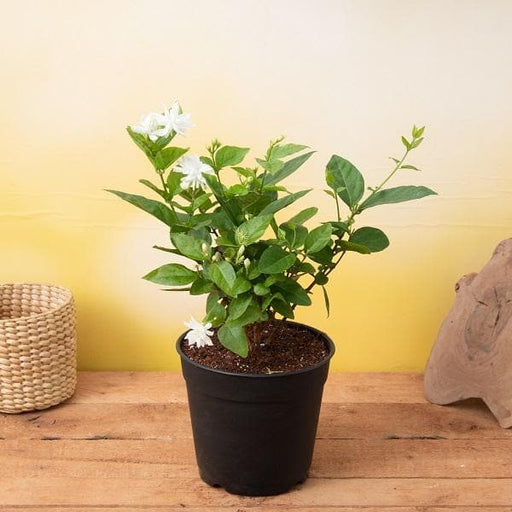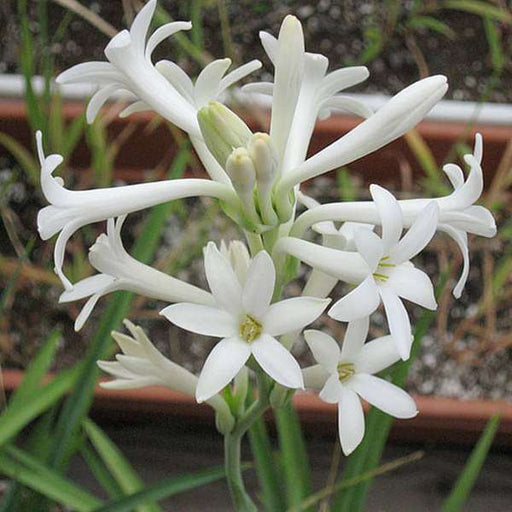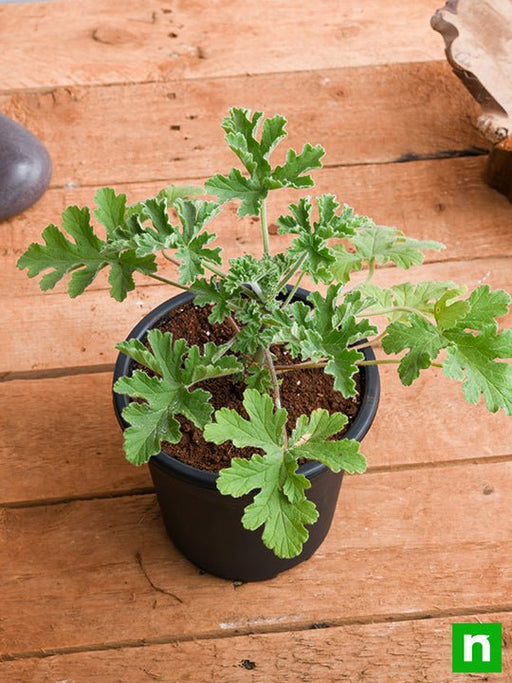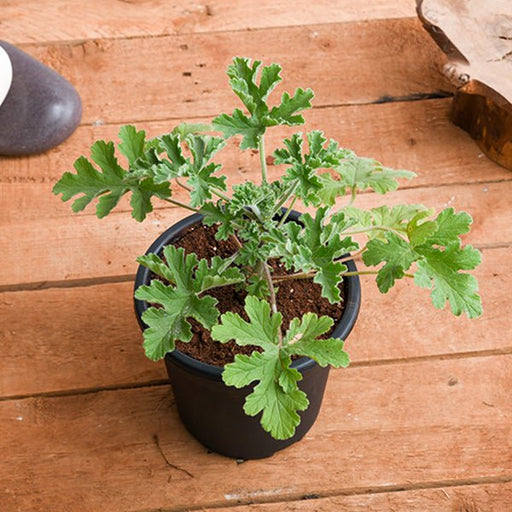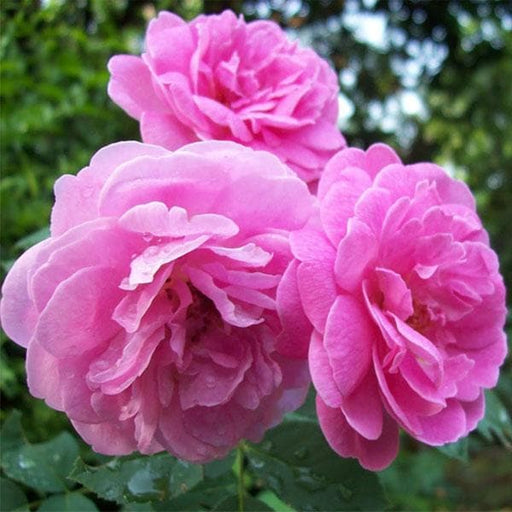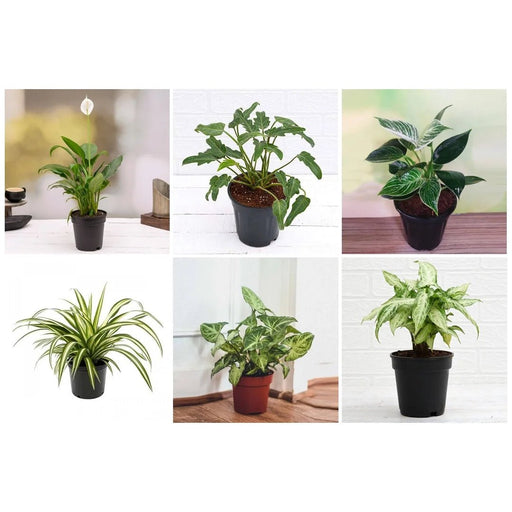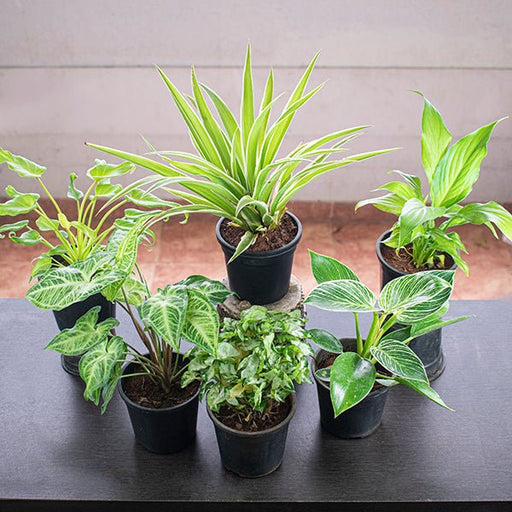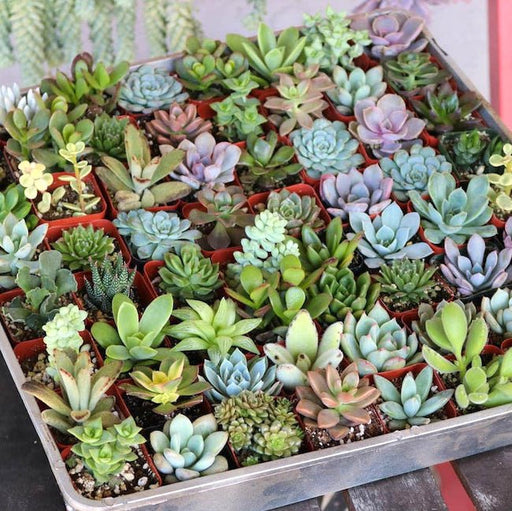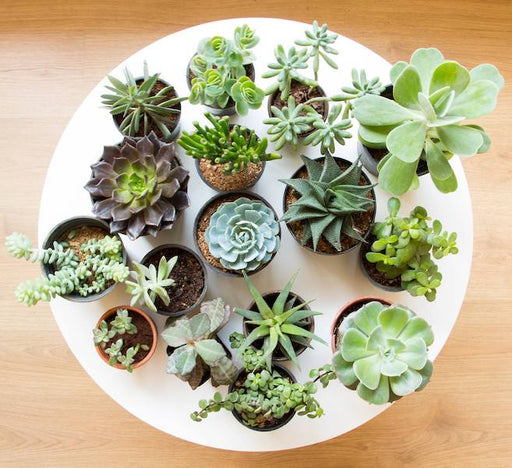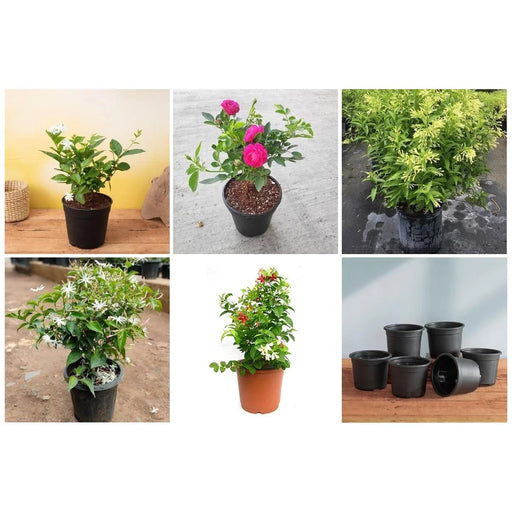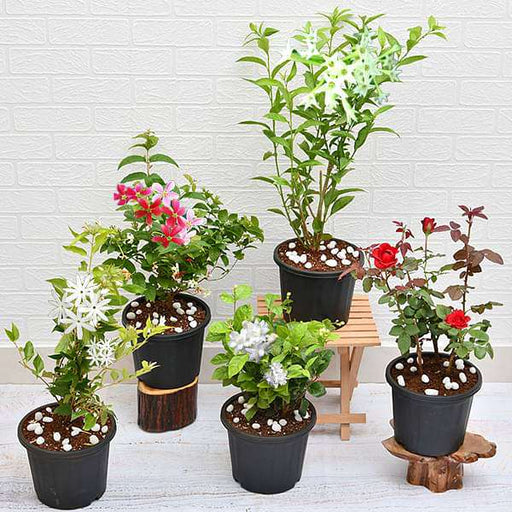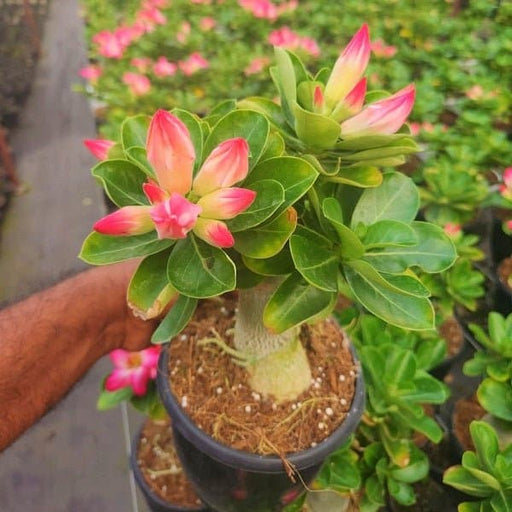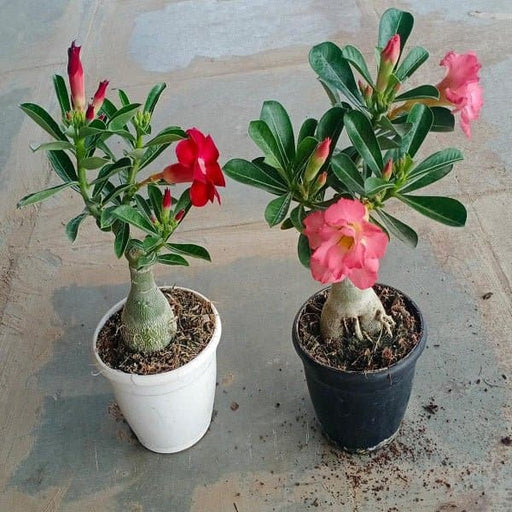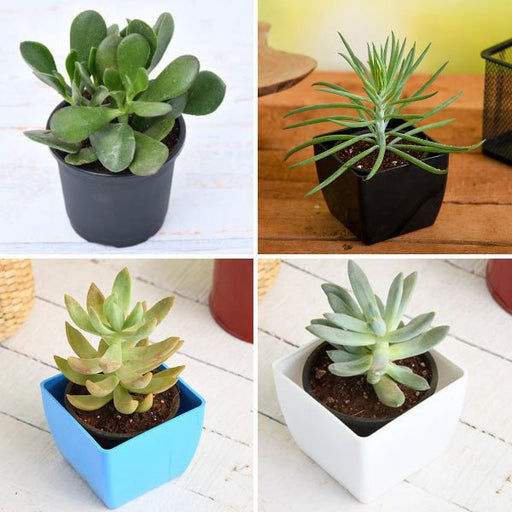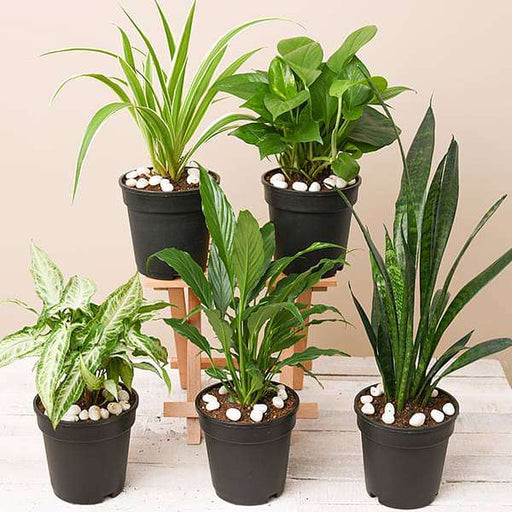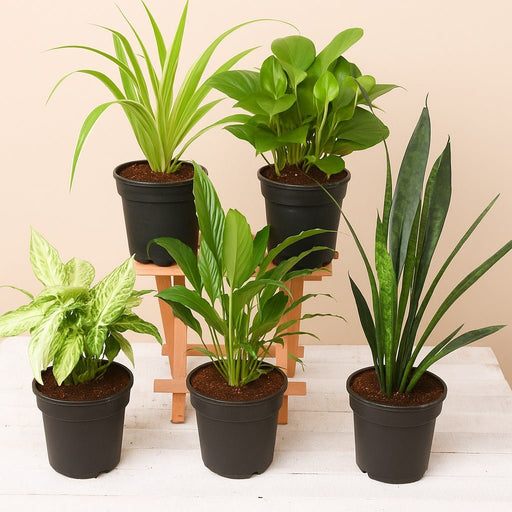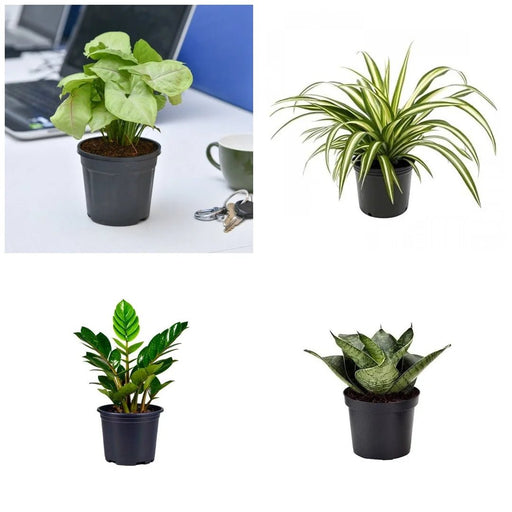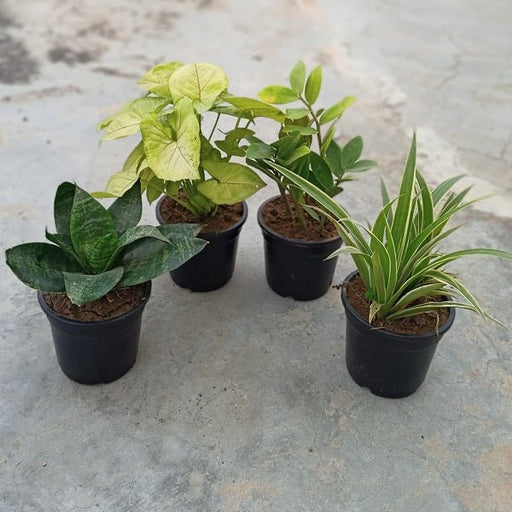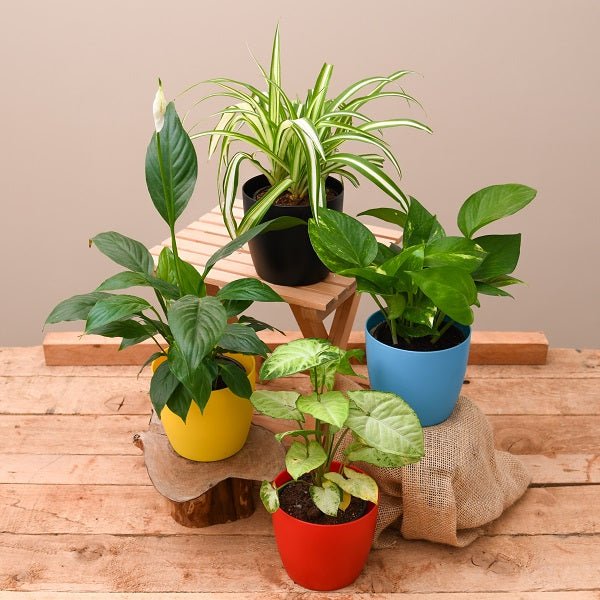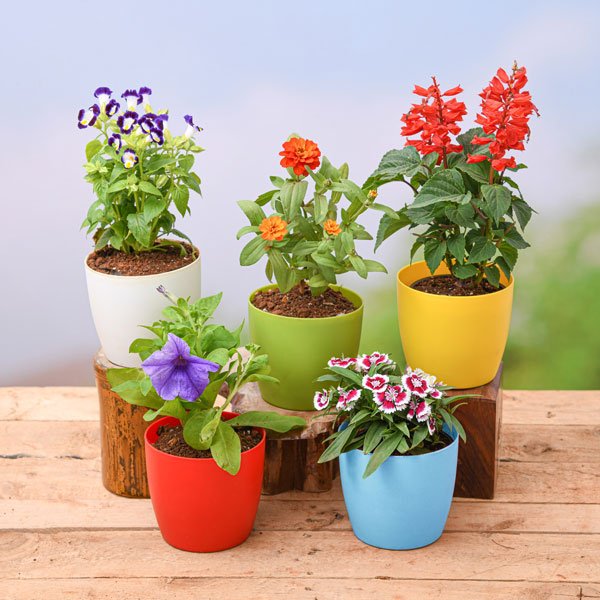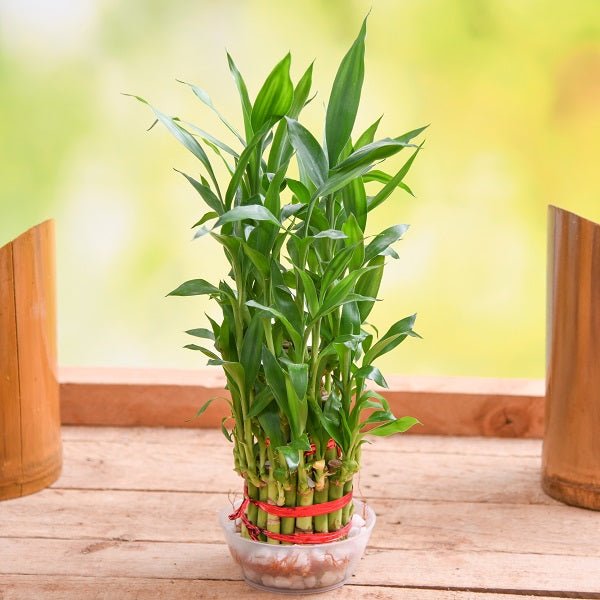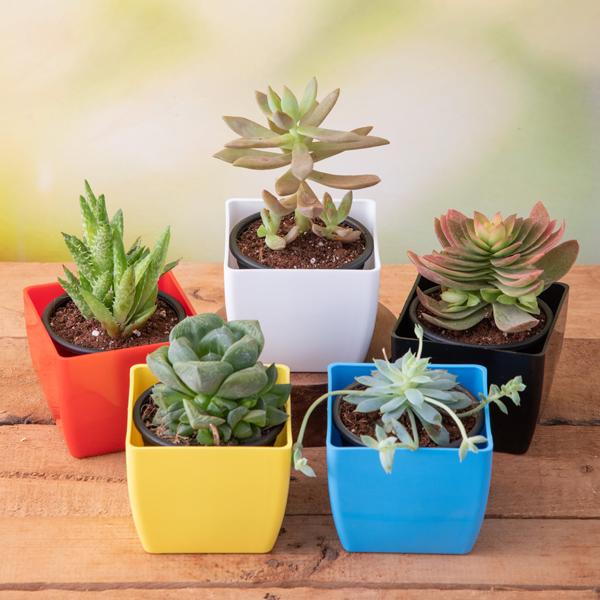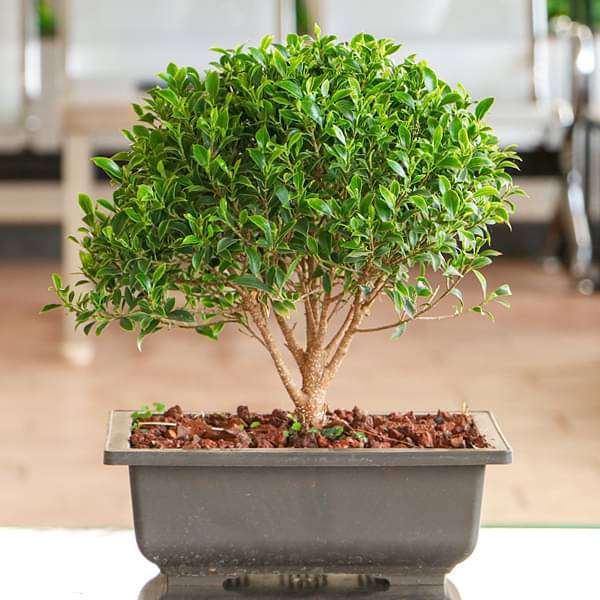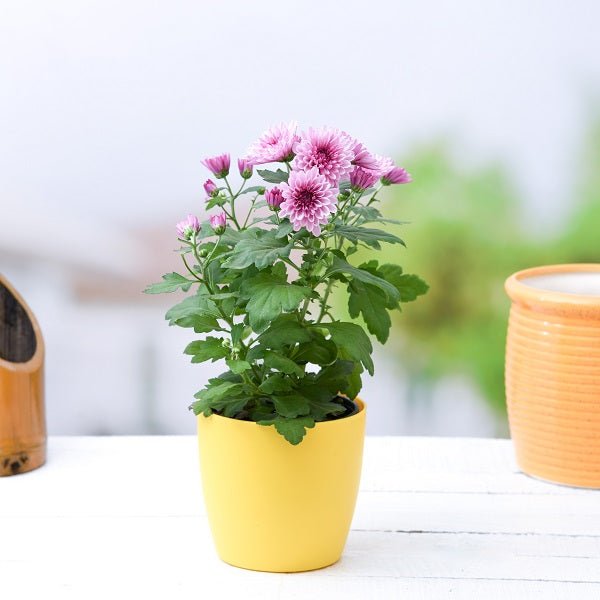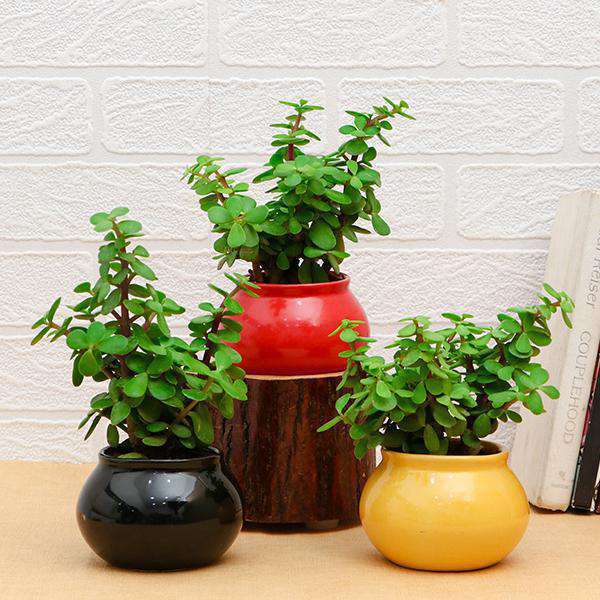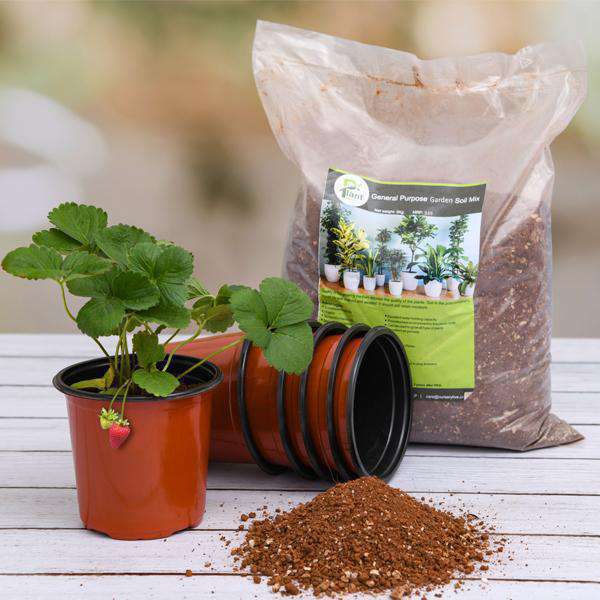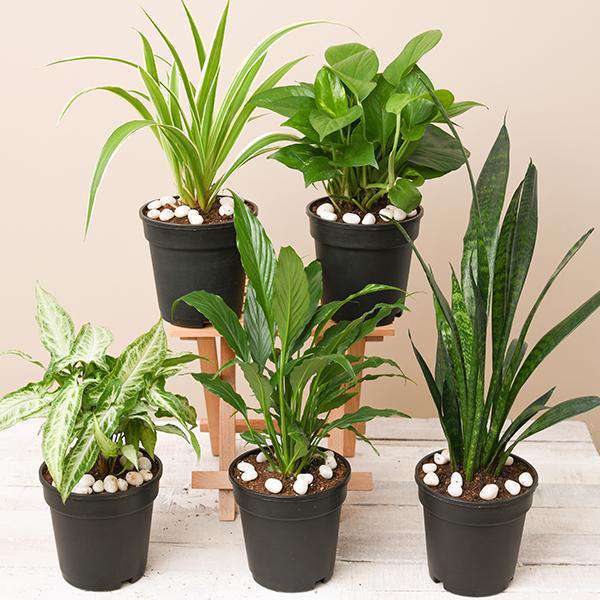Croton varieties
Croton is a genus of tropical plants in the family Euphorbiaceae. There are over 700 different species of Croton, each with its own unique characteristics. Some popular varieties include Croton Petra, Croton Gold Dust, and Croton Mamey.
Croton care
Croton plants are known for their bright, colorful foliage, making them a popular choice for indoor and outdoor gardening enthusiasts. To care for your Croton, make sure it receives bright, indirect sunlight and water it when the top inch of soil feels dry.
Croton propagation
Propagating Croton plants can be done through stem cuttings or air layering. Stem cuttings should be taken from a healthy plant and rooted in soil or water. Air layering involves wrapping a section of the stem in sphagnum moss and rooting it while still attached to the parent plant.
Croton soil
Croton plants prefer well-draining soil that is rich in organic matter. A mixture of peat moss, perlite, and vermiculite is ideal for these plants.
Croton pests
While Croton plants are generally easy to care for, they can be susceptible to pests such as spider mites, mealybugs, and scale insects. Regularly inspect your plant for signs of infestation and treat promptly if necessary.
Croton fertilizer
Croton plants benefit from regular fertilization during the growing season. Use a balanced fertilizer every 2-4 weeks to promote healthy growth and vibrant foliage.
Croton pruning
Pruning Croton plants can help maintain their shape and promote healthy growth. Use sharp, clean pruning shears to remove any dead or damaged leaves and stems.
Croton lighting
Croton plants prefer bright, indirect light. Avoid placing them in direct sunlight, as this can burn their leaves.
Croton humidity
Croton plants prefer humid environments. You can increase humidity by placing a tray of water near the plant or by using a humidifier.
Croton temperature
Croton plants prefer temperatures between 60-85°F (16-29°C). Avoid placing them near cold drafts or hot air vents.
Croton toxic
Croton plants are toxic to pets and humans if ingested. Keep them out of reach of pets and children.
Croton color
Croton plants come in a variety of colors, including green, yellow, orange, red, and purple. Some varieties even have variegated leaves.
Croton origin
Croton plants are native to tropical regions of the Americas, including South America, Central America, and the Caribbean.
Croton size
Croton plants can range in size from small tabletop plants to large floor plants. Choose a size that fits your space and needs.
Croton water
Croton plants prefer moist soil but can be susceptible to root rot if overwatered. Water when the top inch of soil feels dry and avoid letting the plant sit in standing water.
Croton flowering
Croton plants can produce small, inconspicuous flowers in the right conditions. However, they are primarily grown for their attractive foliage.
Croton pattern
Croton plants come in a variety of leaf patterns, including speckled, striped, and variegated. Some popular patterned varieties include Croton Mammy, Croton Petra, and Croton Gold Dust.
Croton pruning for propagation
Pruning can also be used as a method of propagation for Croton plants. By taking stem cuttings and rooting them in soil or water, you can create new plants and expand your collection.
Croton repotting
Croton plants should be repotted every 1-2 years to provide fresh soil and room for growth. Choose a pot that is slightly larger than the current one and fill with fresh potting mix.
Croton air purifying
Croton plants are known for their air-purifying properties, making them a popular choice for indoor spaces. They can remove toxins such as formaldehyde, benzene, and xylene from the air, improving overall air quality.

